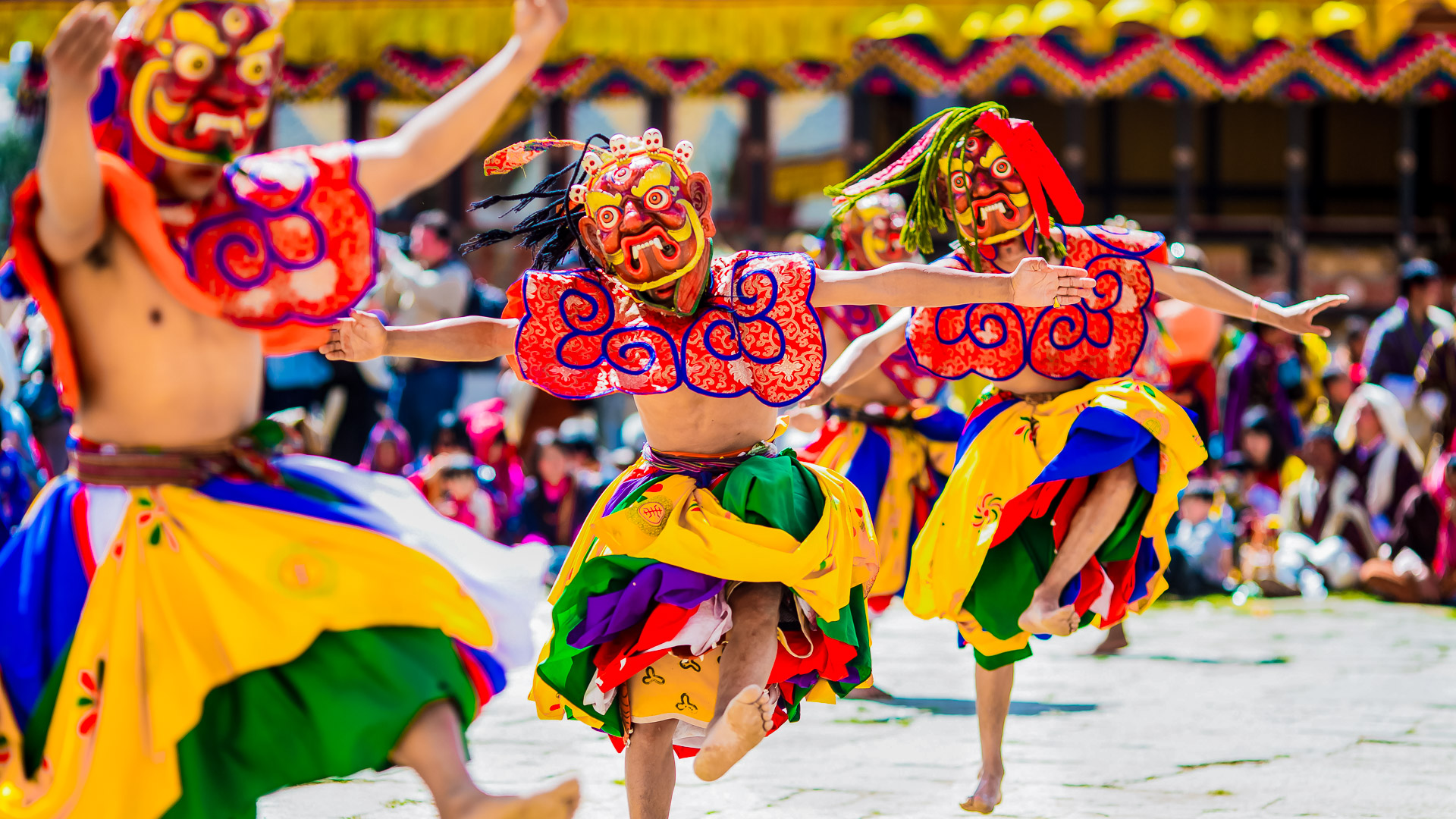
The Paro Tshechu Festival: Bhutan’s Vibrant Heritage
This yearly celebration, which is rich in spirituality and tradition, is essential to the people of Bhutan as it provides insight into their colorful history and constant dedication to their religious heritage, making it a must attend in our Bhutan tour packages.
Origins and Historical Backgrounds
Reportedly instituted in the 17th century by Gyalse Tenzin Rabgay, Bhutan’s temporal monarch during that era, the festival was created to honor the birth anniversary of Guru Rinpoche, popularly referred to as Padmasambhava.
In Bhutanese Buddhism, Guru Rinpoche is highly esteemed for having brought Buddhism to the country and chased out evil spirits, resulting in peace and prosperity.
Subscribe to our Newsletter
Subscribe to our newsletter to receive exclusive offers, latest news and updates.
The Spiritual Significance: Celebrating Guru Rinpoche
Because of his involvement in bringing Buddhism to the Himalayan region, Guru Rinpoche is considered the “Second Buddha” and is held in respect. The festival commemorating his birth anniversary is a moving reminder of his immense impact on Bhutanese spirituality and culture.
Importance of Rituals and Symbolism:
The ceremonies help to preserve the Bhutanese people’s cultural identity and values in addition to being gestures of devotion and also serve as the best time to visit the area as per the Paro travel guide.
The festival’s symbols are filled with symbolism, with elaborate masks, vibrant costumes, and sacred items reflecting long-forgotten myths and traditions that have been passed down through the ages.
Unique Rituals Practiced During the Festival
Sacred Offerings and Offerings to the Deities: Throughout the festival, offerings of food, butter lamps, flowers, and other symbolic items are made to the deities enshrined within the temple or monastery where the festivities take place.
These offerings are accompanied by prayers and chants, symbolizing devotion and gratitude to the divine.
Butter Sculptures (Tormas): Intricately crafted butter sculptures, known as tormas, are a common feature of Bhutanese religious rituals.
These sculptures often depict auspicious symbols, deities, or mythological figures and are created as offerings to the gods. The meticulous craftsmanship involved in making tormas reflects the attention to detail inherent in Bhutanese religious practices.
Circumambulation (Kora): Pilgrims and devotees often perform circumambulation, a ritualistic practice of walking clockwise around sacred sites, temples, or stupas. During the Paro Tshechu Festival, participants may undertake kora around the various monasteries of Bhutan or the temple where the festival is held.
Masked Dance Performances (Cham): The masked dance performances, or cham, are imbued with ritualistic significance. Each dance represents a specific deity, demon, or celestial being from Buddhist mythology
Fire Rituals (Mewang): Fire rituals, known as mewang, are sometimes conducted during the Paro Tshechu Festival as a means of purification and spiritual cleansing. Participants gather around sacred bonfires, offering prayers and ceremonial substances into the flames.
The Festive Atmosphere
Preparations and Anticipation
While artists make elaborate decorations and offerings for the festivities, monks carefully craft the complex masks and costumes worn during the cham dances.
There’s an apparent excitement in the air as the festival approaches, with both locals and tourists looking forward to the festivities starting.
Gathering of Pilgrims and Spectators:
The gathering of devotees creates a sense of unity and camaraderie, as individuals from diverse backgrounds come together to celebrate their shared faith and cultural heritage.
Market Stalls and Social Gatherings:
The experience of shopping in Bhutan is enhanced by the vibrant tents that line the main roads and sell a variety of traditional handicrafts, textiles, and yummy treats.
Families and friends get together to celebrate and reflect, establishing ties and creating a feeling of brotherhood that is essential to Bhutanese culture and making Paro one of the most loved places to visit in Bhutan.
Traditional Bhutanese Music- An Important Aspect of the Paro Tshechu Festival
1. Drums (Rnga):
Depending on the style of performance, the drums’ rhythms can range from quiet, ceremonial beats to upbeat, energetic rhythms that go with dancing sequences.
2. Rgaling Horns:
3. Vocalizations and Chants:
4. Stringed Instruments (Dranyen):
Best time to experience this festival
The festival occurs during the spring months of March or April, coinciding with the favorable weather conditions in Bhutan. Spring is considered one of the best times to visit Bhutan in March, as the landscape bursts into vibrant colors with blooming flowers, lush greenery, and clear skies.
The Paro Tshechu Festival spans several days, typically lasting for three to five days, with each day featuring a diverse array of religious rituals, masked dances, and traditional performances.
The Paro Tshechu Festival stands as a testament to Bhutan’s rich cultural heritage and deep-rooted spiritual traditions. Held annually during the spring season, this vibrant celebration offers a captivating glimpse into the soul of the nation.
As visitors depart from the festival grounds, their hearts filled with memories of vibrant colors, melodious chants, and the warmth of community spirit, they carry with them a deeper appreciation for the beauty and resilience of Bhutan’s cultural heritage.
Frequently Asked Questions (FAQS)
Q:What is the Paro Tshechu?
Q:Why is Tshechu celebrated in Bhutan?
Q:Who celebrates Tshechu?
Subscribe to our Newsletter
Subscribe to our newsletter to receive exclusive offers, latest news and updates.
Our Blog Post
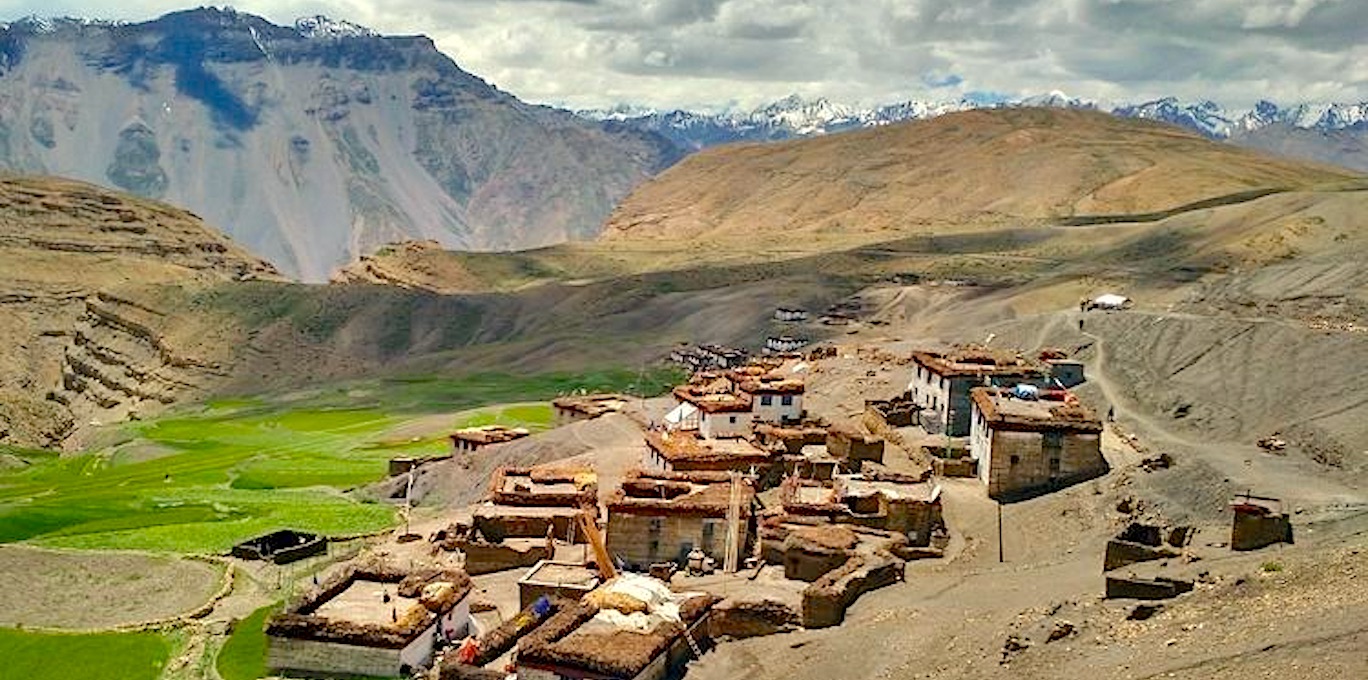
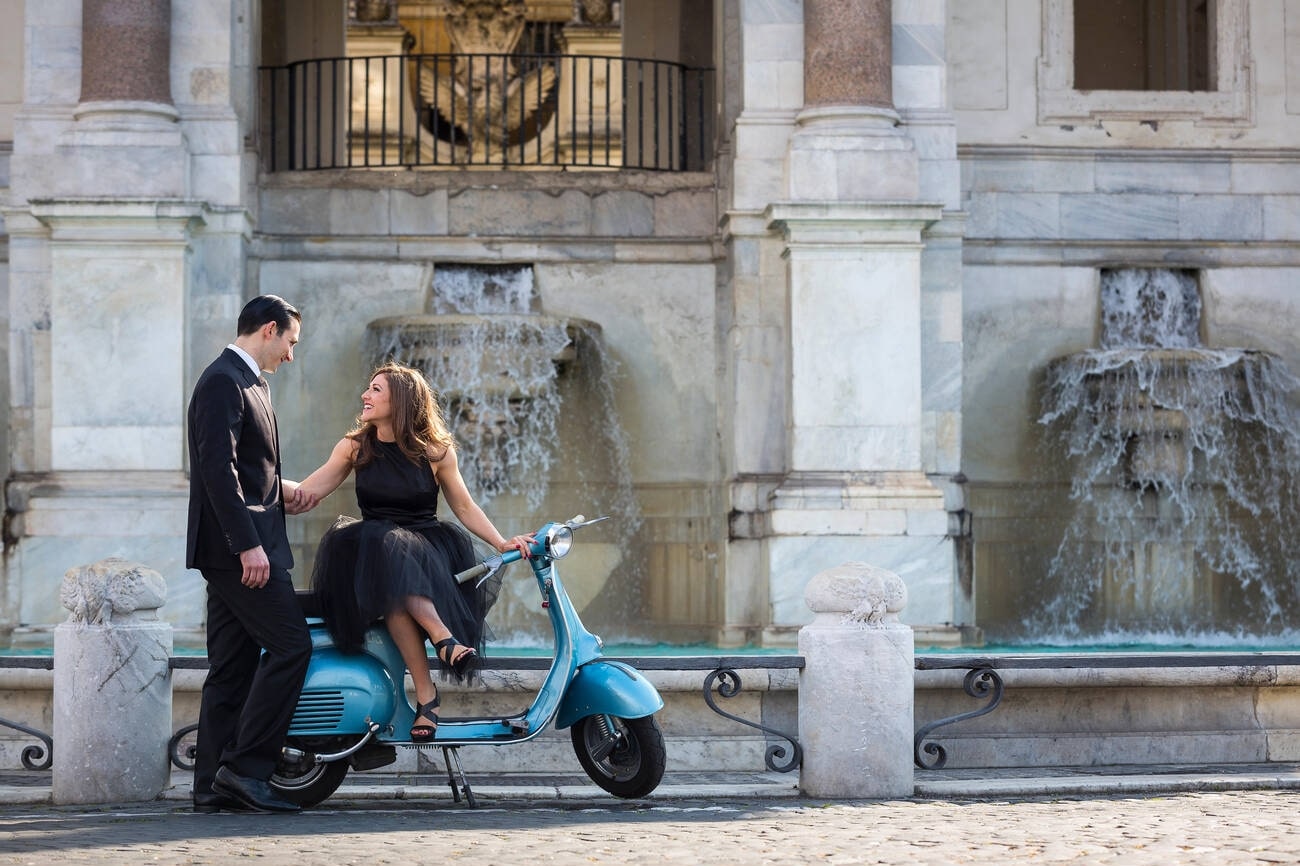
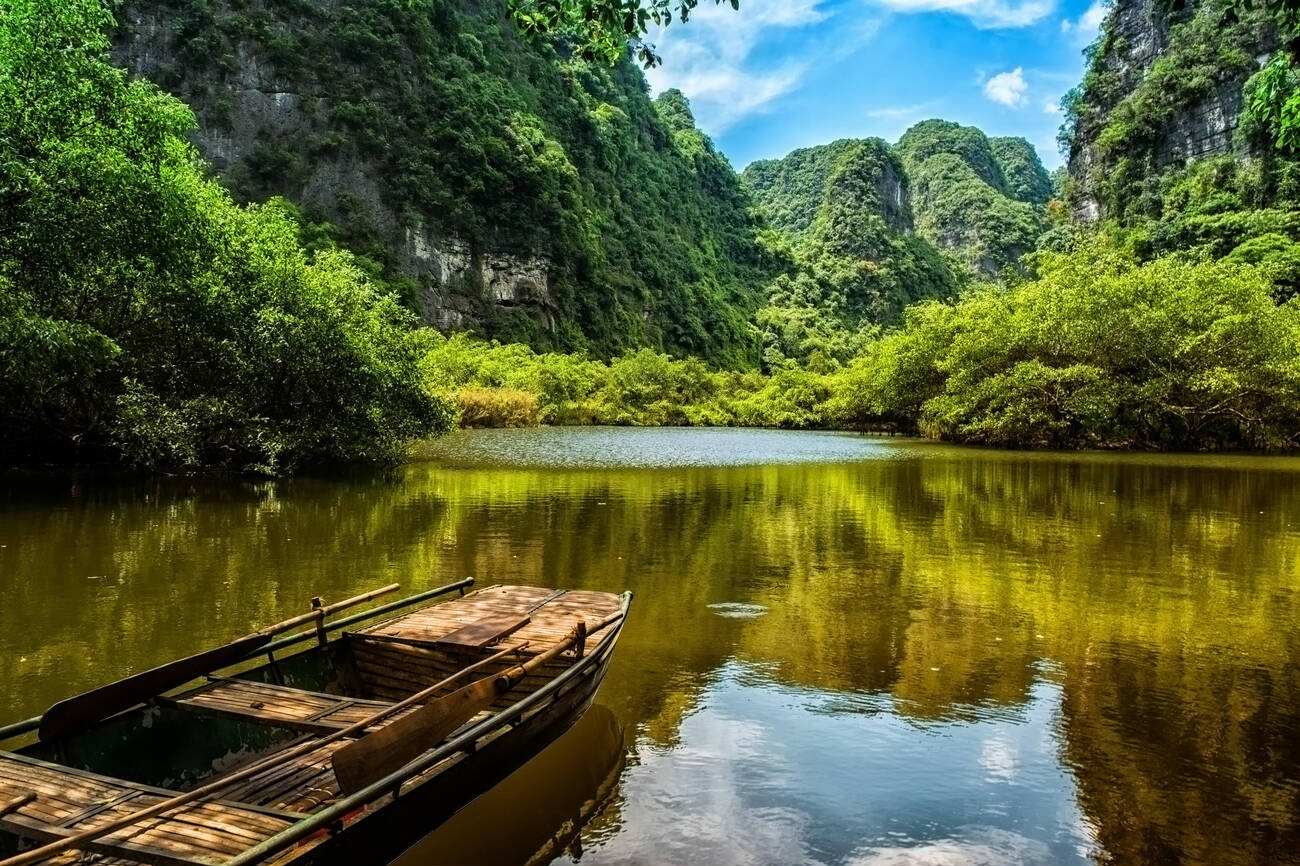
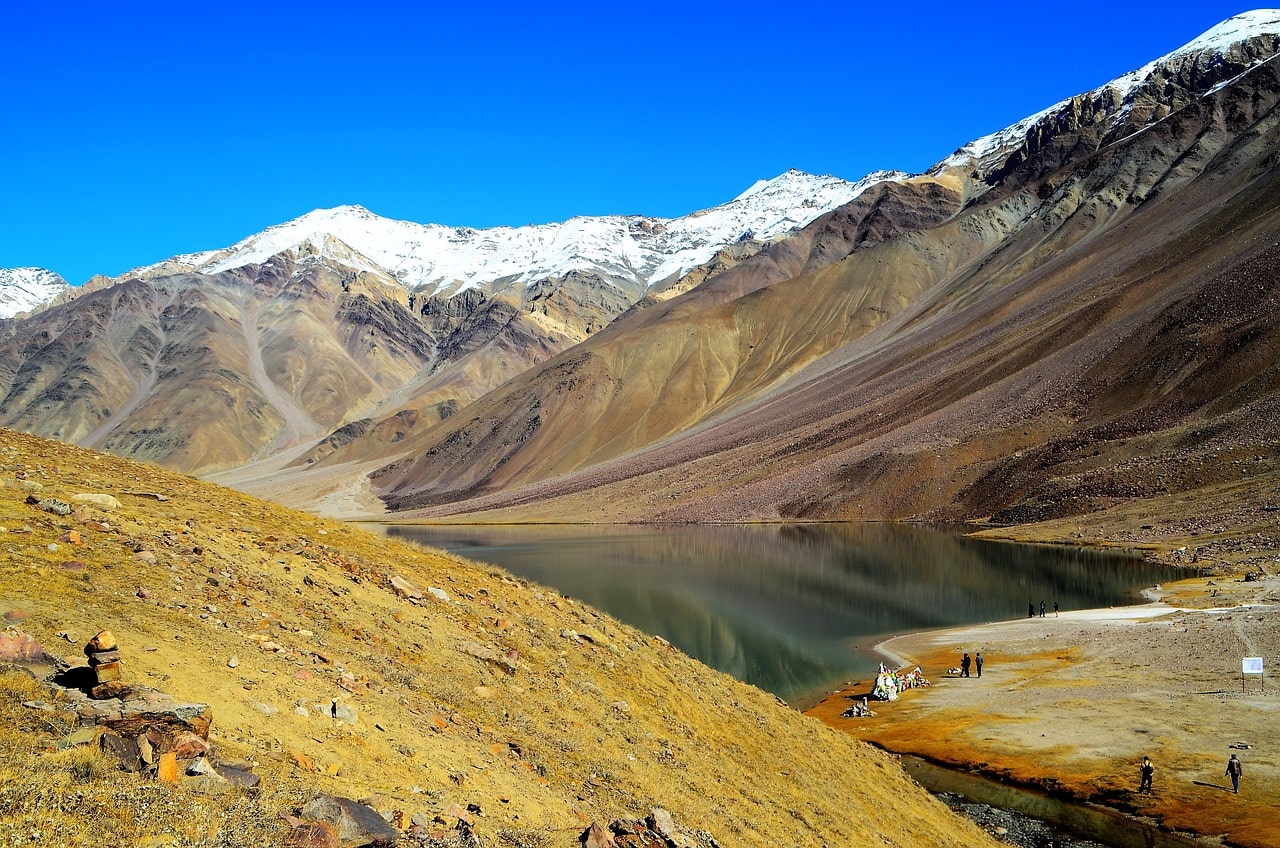
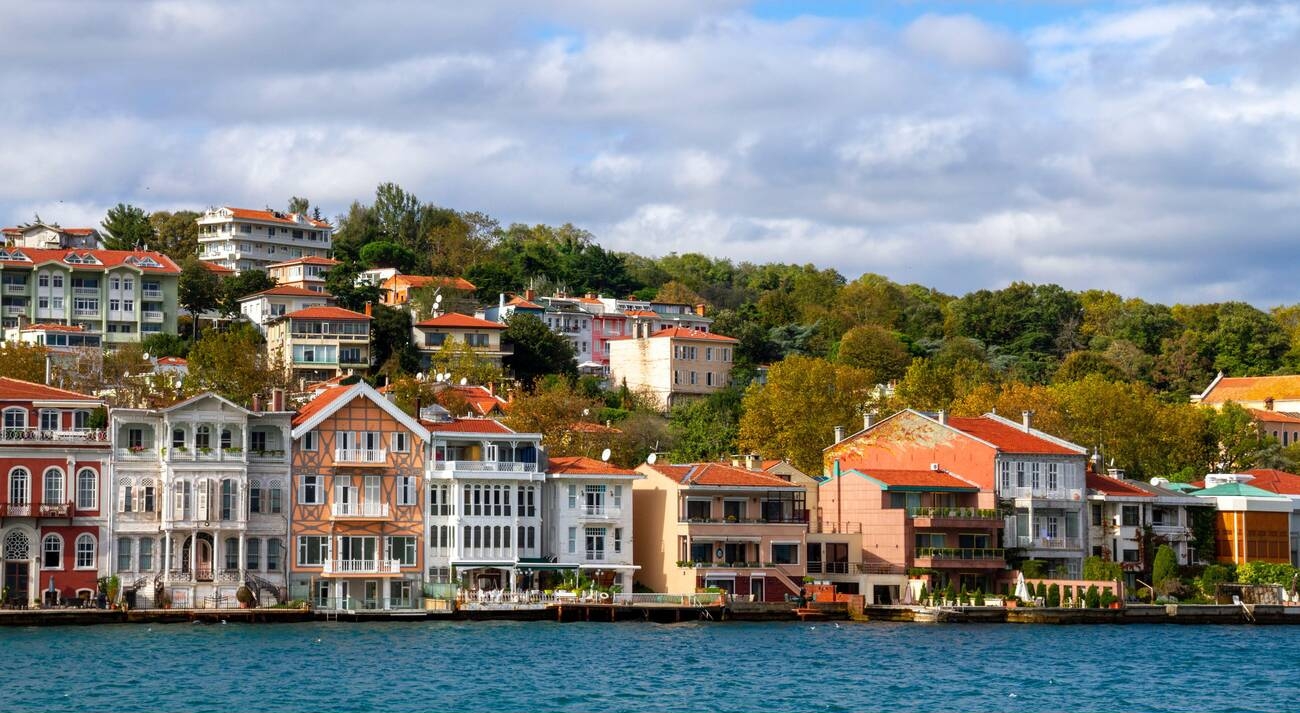
Looking for a hassle free trip?
Connect with our experts! Get the best Itineraries and Offers!
About Us
We at WanderOn are a modern travel community that provides end to end travel packages in India and abroad. We design the best travel itineraries that encourage group traveling for like-minded people. Our services include road trips, trekking expeditions, corporate trips, and customized tour packages. On our trips, we ensure hassle-free traveling, top-notch accommodation and guided sightseeing that too in a budget that won't burn a hole in your pocket. Just give us your dates and be ready to experience traveling like never before.
WANDERON EXPERIENCES PVT LTD
3rd Floor, Building No-436, Phase IV, Udyog Vihar, Sector-18, Gurugram, Haryana-122001
